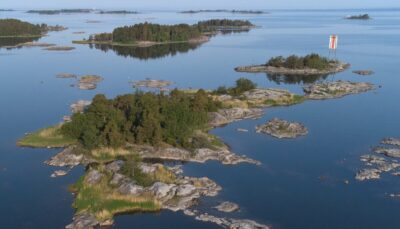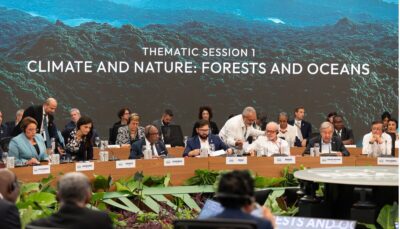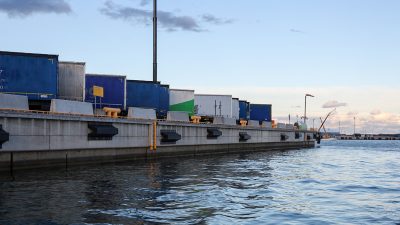The underwater environmental cost of war heritage
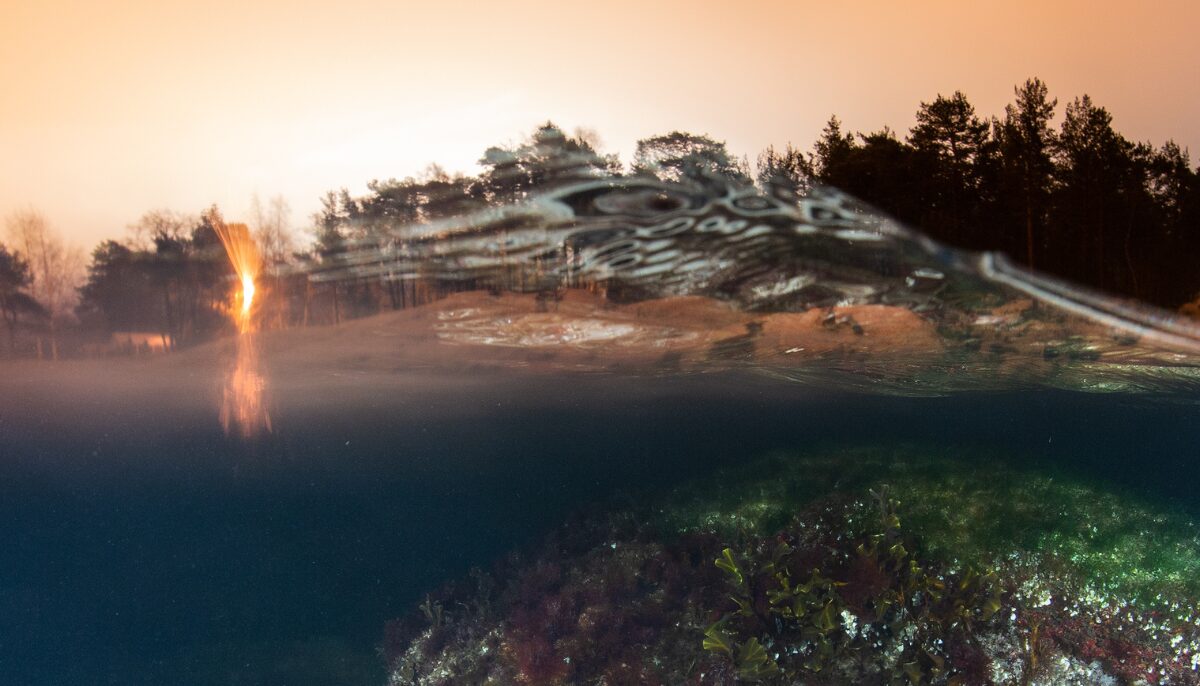
Contact information
Benjamin Ferrari
Advisor, The Ocean Foundation
benjamin.ferrari@tenshi.co.uk
Polly Hill
Marine Environmental Scientist
LinkedIn profile
Text
More than 8,500 wrecks that may contain oil lie beneath the surface all around the world – from the Baltic to the Pacific. These wrecks, most of them dating back to World War I and II, pose urgent risks to sensitive marine ecosystems and coastal livelihoods. While they carry significant environmental risks, the wrecks hold cultural heritage value, thereby complicating decisions about their management. The Malta Manifesto is a call to collectively respond to this toxic legacy. John Nurminen Foundation has signed the Manifesto, thereby supporting its objectives.
The wrecks that might contain oil, known as Potentially Polluting Wrecks, are a growing concern. The wrecks are becoming increasingly corroded due to the seawater, even more so due to effects of climate change, making them more likely to spill oil and more difficult to manage. Illegal salvage activities further increase spills.
The Malta Manifesto, created by the coalition of Project Tangaroa, is a call to mobilize action and resources to solve the threat caused by the wrecks. The Manifesto calls for policy solutions and equitable international cooperation to manage the risks. While the Manifesto focuses on oil residues, wrecks can also contain munitions and other hazardous materials.
Drawing on their experience with potentially polluting wrecks, Advisor Benjamin Ferrari and Marine Environmental Scientist Dr. Polly Hill explain the complex challenges involved in managing the wrecks.
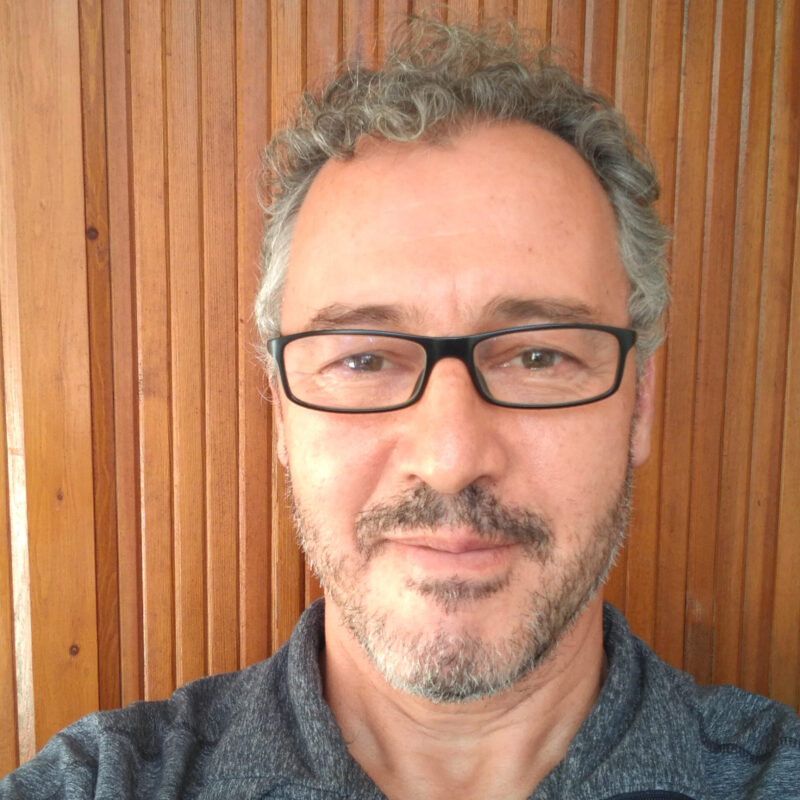

Time is running out
In terms of oil spills from the wrecks, the biggest threat is passage of time – and the lack of sufficient action. The wrecks are becoming eroded: the longer the delay, the harder the problem is to fix. Precaution is essential as it prevents the environmental damages and costs a lot less than emergency response if an oil spill occurs.
“Quite often we have looked at a wreck and the hull has been like tissue paper – so thin that it is difficult to remove the oil safely”, Hill explains.
But not all accidents can be prevented. If an oil spill occurs, the response needs to be fast. When oil comes to shore, damages are serious.
Some of the wrecks are situated in remote areas, such as the Arctic and the Pacific, where there are little existing resources or facilities to manage the oil. Despite possible existing agreements between flag states – the state under whose flag the ship was registered at the time of sinking – and the nation where the wreck is located, help is unlikely to arrive fast enough in the event of an accident.
“Delayed response means a multiplied disaster. In most cases, there is no automatic mechanism that would guarantee help. There is no time for negotiations and mediation. There has to be a much higher level of assurance of delivering the needed help as quickly as possible”, Ferrari says.
Ferrari notes that transporting and disposal of the waste pose further challenges due to regulations, especially across national borders. In addition, the carbon footprint of disposing the oil needs to be massively reduced.
Responsibility for the wrecks
Currently, flag states vary significantly in their proactive measures for managing the wrecks, both within their own waters and beyond. Furthermore, wrecks are typically addressed individually once they are known to be leaking, leaving many unmanaged.
“As of now, no one is really taking enough responsibility for the wrecks, unless they are pushed. We need to apply pressure and find a way we can address this issue as a whole, not just one wreck at a time. In Chuuk Lagoon, in the Federated States of Micronesia, for example, there are dozens of wrecks – why not deal with them all in one mobilization”, Hill states.
Hill applies the concept of “slow violence” to potentially polluting wrecks. Originally coined by professor of humanities and environment Rob Nixon, slow violence refers to pollution that is allowed to continue for years and years because people who are being impacted lack the power to stop it. According to Hill, the term is applicable to potentially polluting wrecks because the pollution often happens in regions where people have limited visibility or influence on the matter. The locals have often been talking about the issue for decades – at United Nations, on TV, and at conferences.
Many nations, who have multiple wrecks in their waters, lack the resources for risk assessments and emergency response, highlighting the need for international cooperation and resource allocation. The Manifesto is pushing for the creation of a finance mechanism to ensure the burden of the wrecks is equitably shared.
“There needs to be cooperation between the flag states and the countries threatened by the wrecks. We have to go through a process of understanding where the biggest gaps between threats and capacities are, and really do something about that”, Ferrari says.
Managing the wrecks with locals
Potentially polluting wrecks often pose the biggest threats to nations that played no role in causing the problem, such as the wrecks in the Pacific Ocean near small island states.
While international coordination is needed to deal with the wrecks, central to the Manifesto is to ensure local agency in their management. Those affected by the wrecks should have the strongest voice when making decisions about managing them.
Hill notes that locals know their wrecks better than anyone. Fishermen, for example, know them because they are good habitats for crabs and fish, for marine life overall. The wrecks are also where fishers snag their nets, so they have learned to avoid them, and consequently know their location.
As stated by Ferrari, it is essential to ensure that knowledge and data stay within the community, at the local level.
“Knowledge and proper resources strengthen capacity and reduce dependency. Too often, knowledge has been taken from local communities without giving anything back, thereby failing to positively impact those most affected”, Ferrari says.
Cultural heritage meets environmental risks
Potentially polluting wrecks present a multifaceted challenge: they are not merely an environmental concern but hold vast cultural and historical value. As such, diverse perspectives exist regarding how the wrecks and their risks should be managed.
For some, the wrecks bring income through tourism. For others, they are a painful reminder of a time when war came to their island – many were enslaved and many died. The wrecks containing oil threaten ecosystems and livelihoods. They also hold human remains, leading some to regard the wrecks as war graves.
Ferrari points out that people attach different sets of values to the wrecks – what they represent and how they should be managed. Although the puzzle is complex, it would be wrong to use that as an excuse to not deal with their environmental risks.
How should one appropriately address underwater cultural heritage that also presents major environmental risks?
“When assessing and managing the wrecks, no assumptions should be made about how they are viewed locally. There needs to be conversations with local people. We do have to prioritize the environment: protect the people who are living now. And you do that by keeping the environment clean”, Hill explains.
A call for global action
There are techniques to manage and remove oil from wrecks – it is already done. While it is expensive and difficult, it is doable. However, as the hull structures become more fragile, some standard techniques may become more difficult to use.
Fortunately, technology is continuously advancing. Developments in satellite surveillance, for example, will allow development of more effective systems for monitoring of wrecks and early warning of leaks.
The potentially polluting wrecks should be addressed proactively and not when an oil disaster happens. The proactive measures need to be taken in cooperation with local people, while ensuring international coordination.
“We now understand the scale of this challenge. The Manifesto makes it clear that, after today, no one in ocean stewardship can claim they did not know. That option is no longer available”, Ferrari says.
Malta Manifesto
The Manifesto was created by Created by the Project Tangaroa coalition to protect nature and people from oil pollution from wrecks.
In 2023, Lloyd’s Register Foundation (LRF) provided funding to The Ocean Foundation and Waves Group to convene an international community of experts to develop international standards and protocols for the assessment and intervention of potentially polluting wrecks. This grant, and the resulting community of practice, became known as Project Tangaroa. The International Union for the Conservation of Nature (IUCN) and the International Committee for Underwater Cultural Heritage (ICUCH, a scientific committee of the International Council on Monuments and Sites) were also partners in this work.
The John Nurminen Foundation has signed the Manifesto and supports its objectives.

